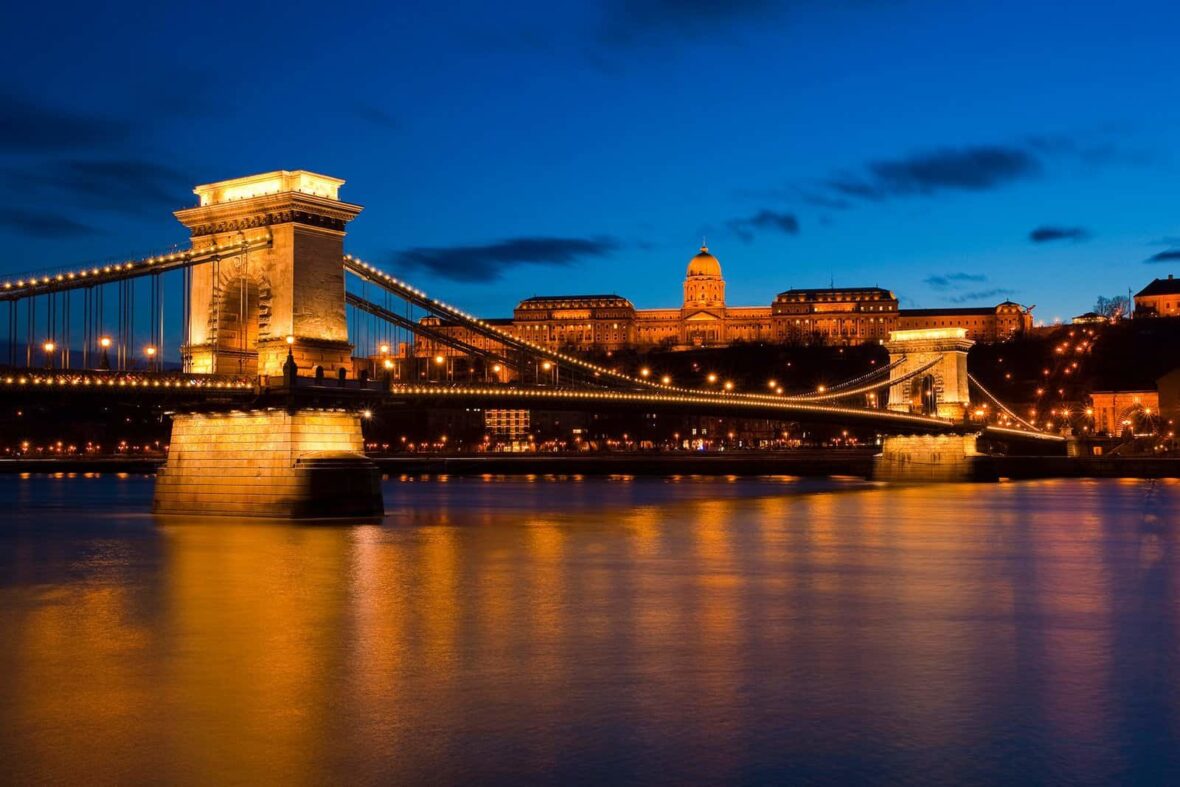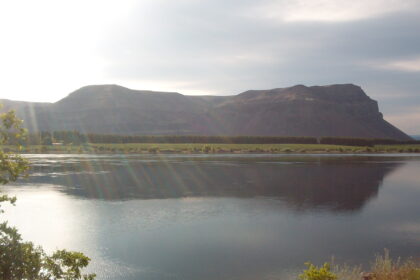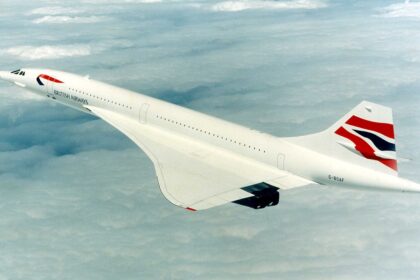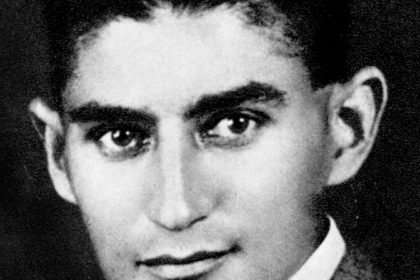Budapest is one of the most picturesque cities in Europe. The dramatic skyline that Budapest is most famous for is peppered with 19th-century architectural wonders alongside the Danube River. The Hungarian capital combines the old and new, enabling you to find hip and lively experiences behind its façade of classical splendour. Bustling marketplaces in the city centre, the world’s most unique nightlife scenes, and the famous goulash are just a few of its features. Take a look below for 30 incredible and awesome facts about Budapest.
1. Budapest became a city on the 17th of November, 1873 when the three neighbouring cities of Pest, Buda, and Óbuda united.
2. The unification was an extremely important historic event that led to the rapid development of the city.
3. Budapest was originally named Pest-Buda.
4. Buda is built on a hill, on the Western bank of the river, and forms the historical part of the city. Pest is flat and more business-like with its shops and boulevards. You can walk between the two connected but still very different parts of the city through magnificent bridges.
5. The city consists of 23 districts.
6. The Hungarian language is part of the Finno-Ugrian language family and it’s one of the most difficult languages in the world to learn.
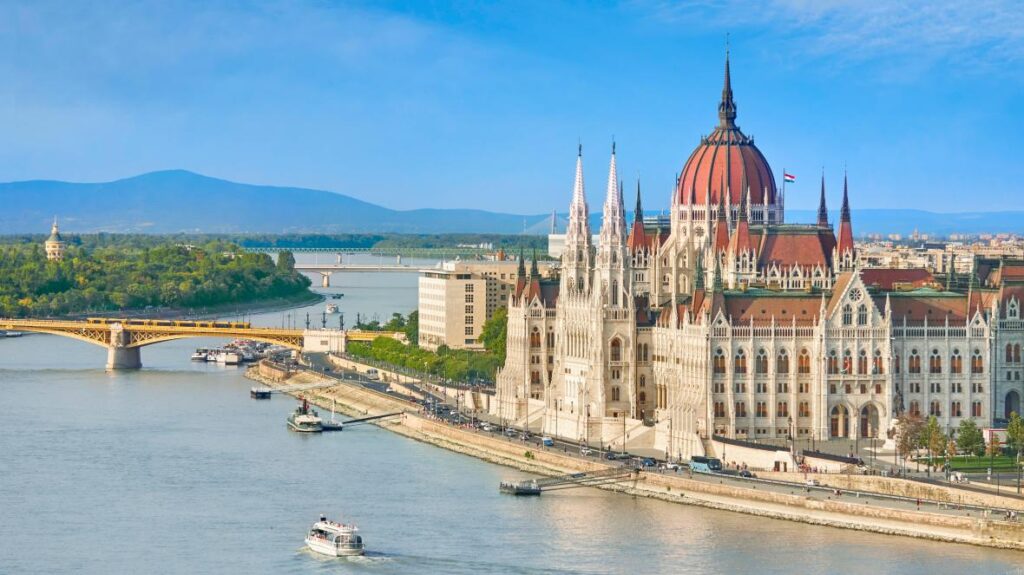
7. The tallest buildings in the city are the St. Stephens Basilica and the Parliament: both are 96 meters tall.
8. The number 96 is of great importance in Hungary. The country was founded in 896, buildings in Budapest can’t be taller than 96 meters, and the Hungarian anthem is to be sung in 96 seconds (if you hold the right pace).
9. Budapest has many grand city squares, but Hősök tere (Heroes’ Square) stands out for its iconic, towering pillar and Millennium Monument complex that dates back to 1896.
10. The Parliament in Budapest is the third-largest in the world.
11. The design for the Parliament was picked from a design competition to celebrate the Hungarian Millenium. The two runner-ups were built across the street from the Parliament. The building has 365 (little) towers, one for every day of the year.
12. The riverfront along Budapest is iconic and breath-taking. By holding so much cultural integrity and merit, UNESCO has designated pretty much the entire span of the riverfront as a world heritage site. This protects such sites as the Parliament, Buda Castle, Fishermen’s Bastion, and the Marriott.
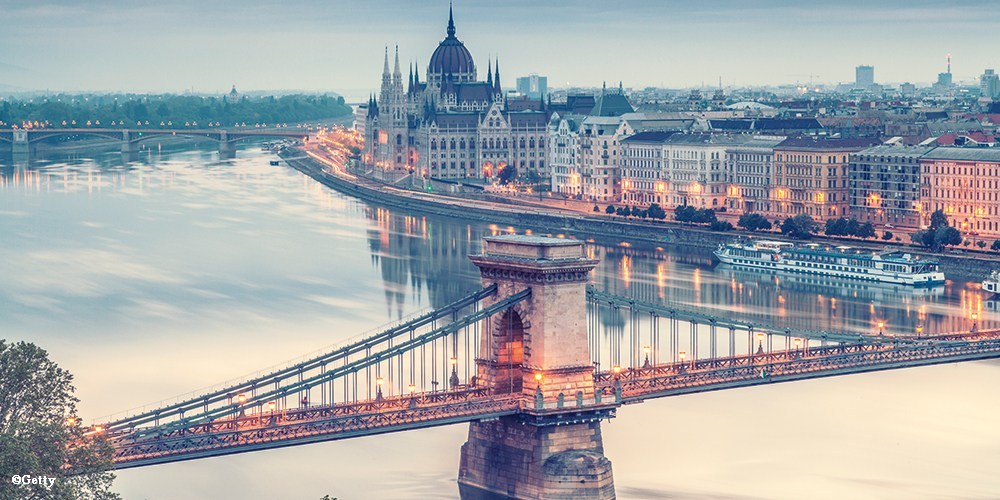
13. Districts in Budapest not only have names but also numbers and often even nicknames.
14. Metro line 1 in Budapest is the oldest metro line on the European mainland. In the whole world, only the London Underground is older.
15. There’s a widespread belief that people in Hungary don’t clink beer glasses before drinking. This would be because generals got executed in the 19th century by Austrians, who would clink their glasses after every death. Not entirely true! Today Hungarians happily clink along: Egészségedre!
16. Szimpla Kert (café) was rated the third best bar in the world and number 1 in Budapest.
17. 20% of the Hungarian population lives in Budapest. That’s 1 in 5 people!
18. Paprika is one of the most famous Hungarian products, and it’s generously used in the Hungarian kitchen. Hungarians eat more than 500 grams of paprika powder per person, per year!
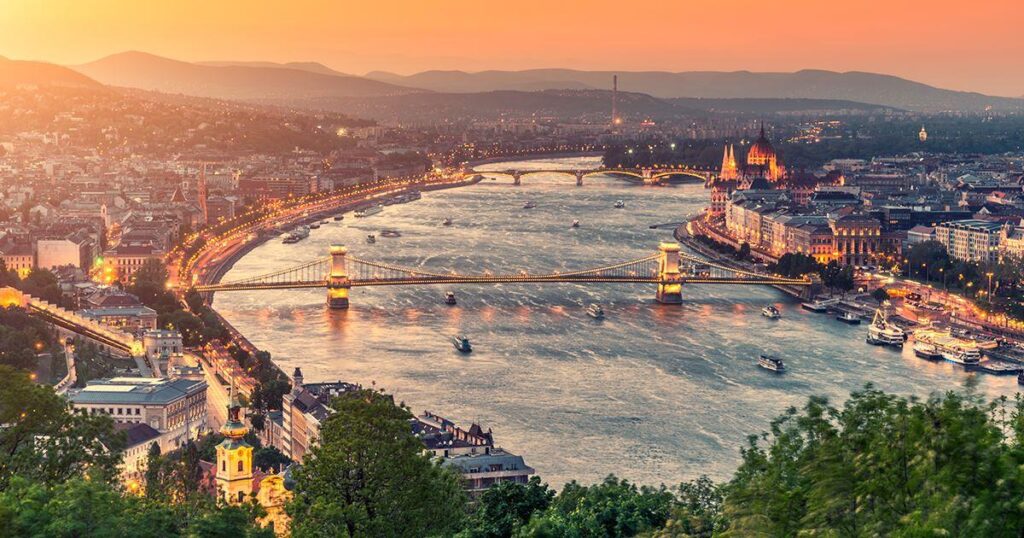
19. Budapest has several nicknames. ‘Paris of the East’ and ‘City of Baths’ are only two of them.
20. Hungary is known for its music festivals, but one of the biggest festivals in the world is held in Budapest. Yes, you’re right, we’re talking about Sziget!
21. Sick in Budapest? Don’t think so! According to the Hungarians, both the alcoholic drinks Palínka, as well as the thermal baths have healing powers.
22. Budapest is the thermal bath capital of the world! Underneath the city is a massive reserve of spring water that produces 70 million litres of thermal water a day which makes Budapest the richest city with the medical waters on the world.
23. Hungarian names are regulated by law. Do you want to give your child a different -new- name? It has to be accepted by the Research Institute for Linguistics of the Hungarian Academy of Sciences.
24. Vajdahunyad Castle was originally made of cardboard. The castle was originally built for a temporary exhibition; therefore, its first ‘version’ was made of cardboard and wood. However, it became so popular among visitors that not much later, in 1904, its stable version was built.
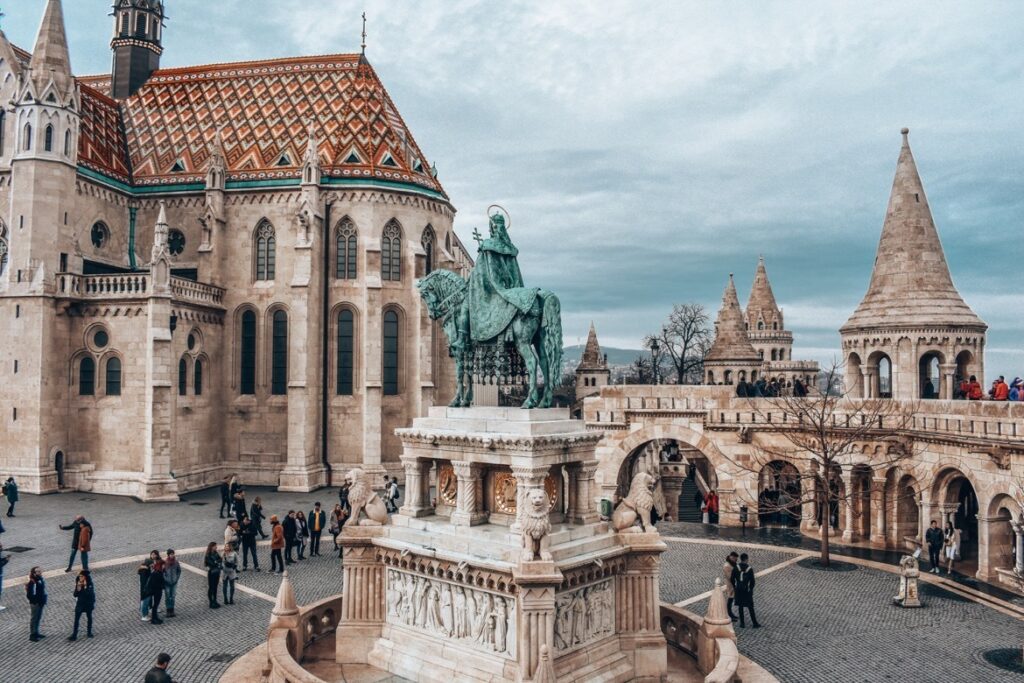
25. Budapest is the home to the largest European ice rink. Since 1870, the City Park Ice Rink is one of the most popular attractions during wintertime, along with its beautiful surroundings.
26. In Budapest, you can find the second biggest synagogue in the world, after the one in New York.
27. The Dohány Street Synagogue is the largest in Europe, seating 3,000 people and is the centre of Judaism in Hungary. It was built in 1854 and finished in 1859 in the Moorish Revival style based on the Alhambra in Spain.
28. A group of young people managed to exchange the promise of cheap rent, for the permission to turn abandoned houses in Budapest centre into bars, decorating them with whatever they could find on the streets. The result has been incredible, giving life to the famous ‘Ruin Bars,’ Soviet-style houses with gardens that regularly hold parties and concerts.
29. The holocaust of the Third Reich had a big effect on this central European city. Next to the parliament, by the edge of the river Danube, you can find lots of shoes made of bronze fixed to the ground. These are a tribute to all the Jews that were killed.
30. Are you a Rubik’s cube fan? Rubik, the inventor of this famous cube, was born in Budapest.

